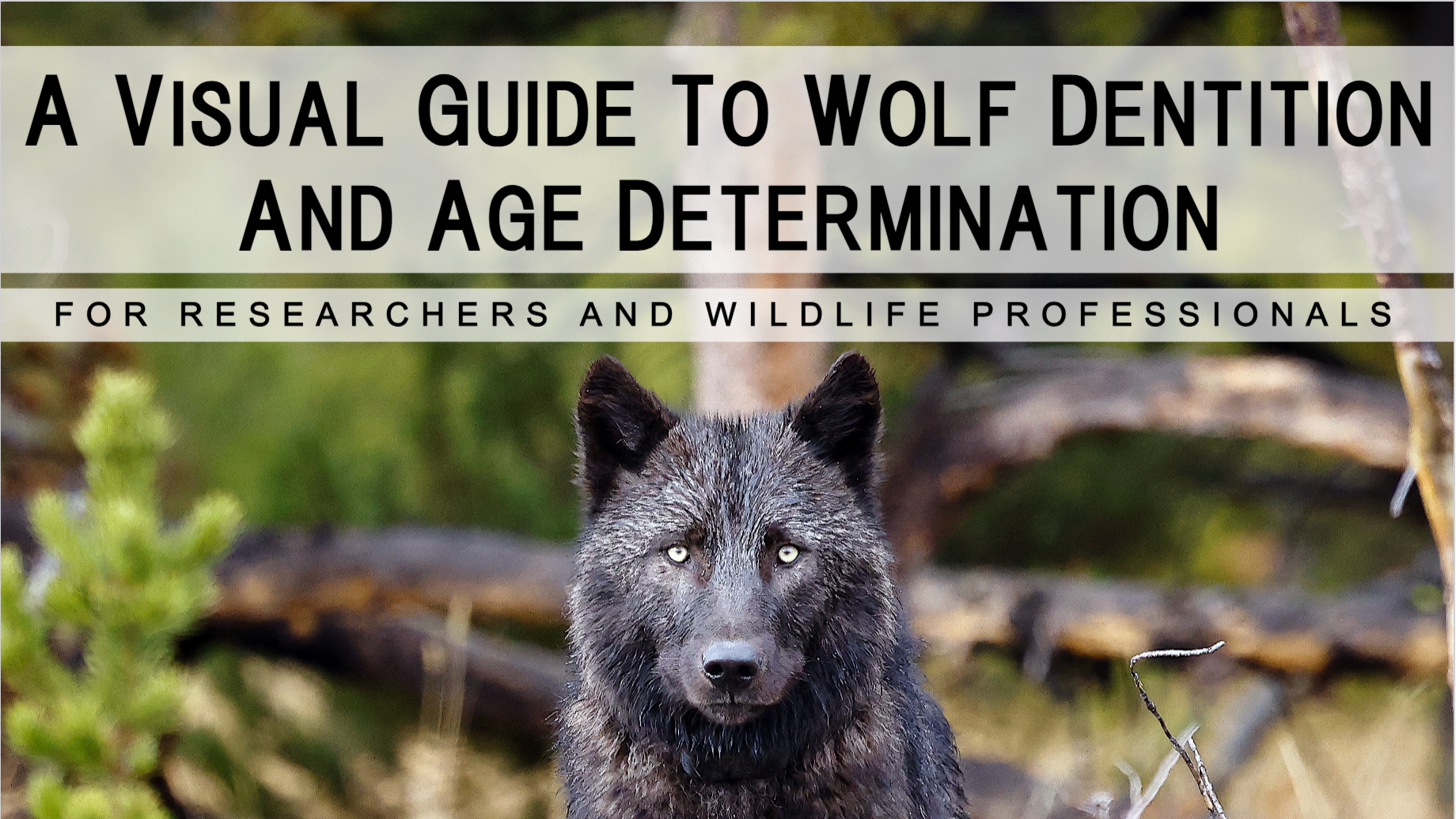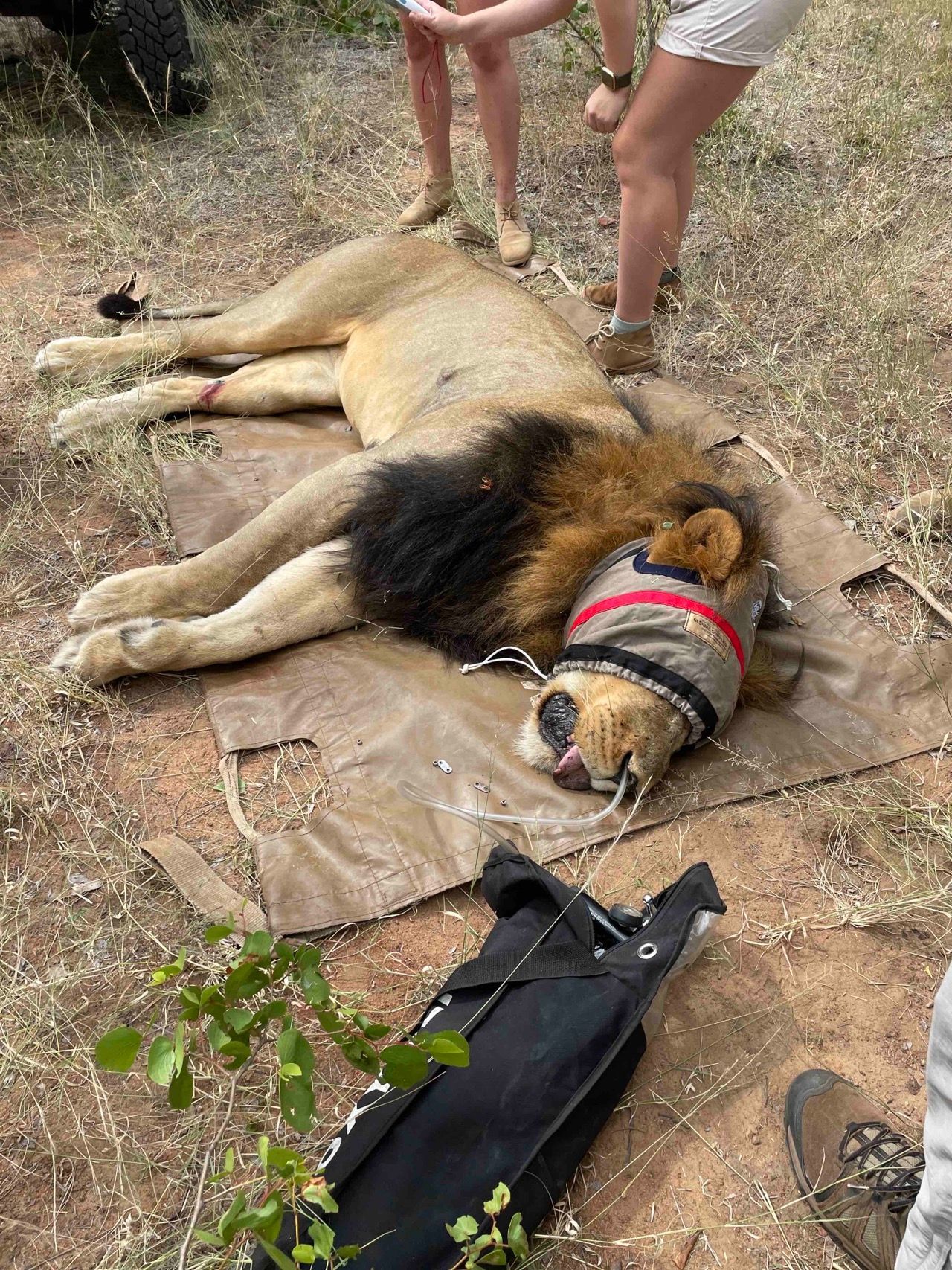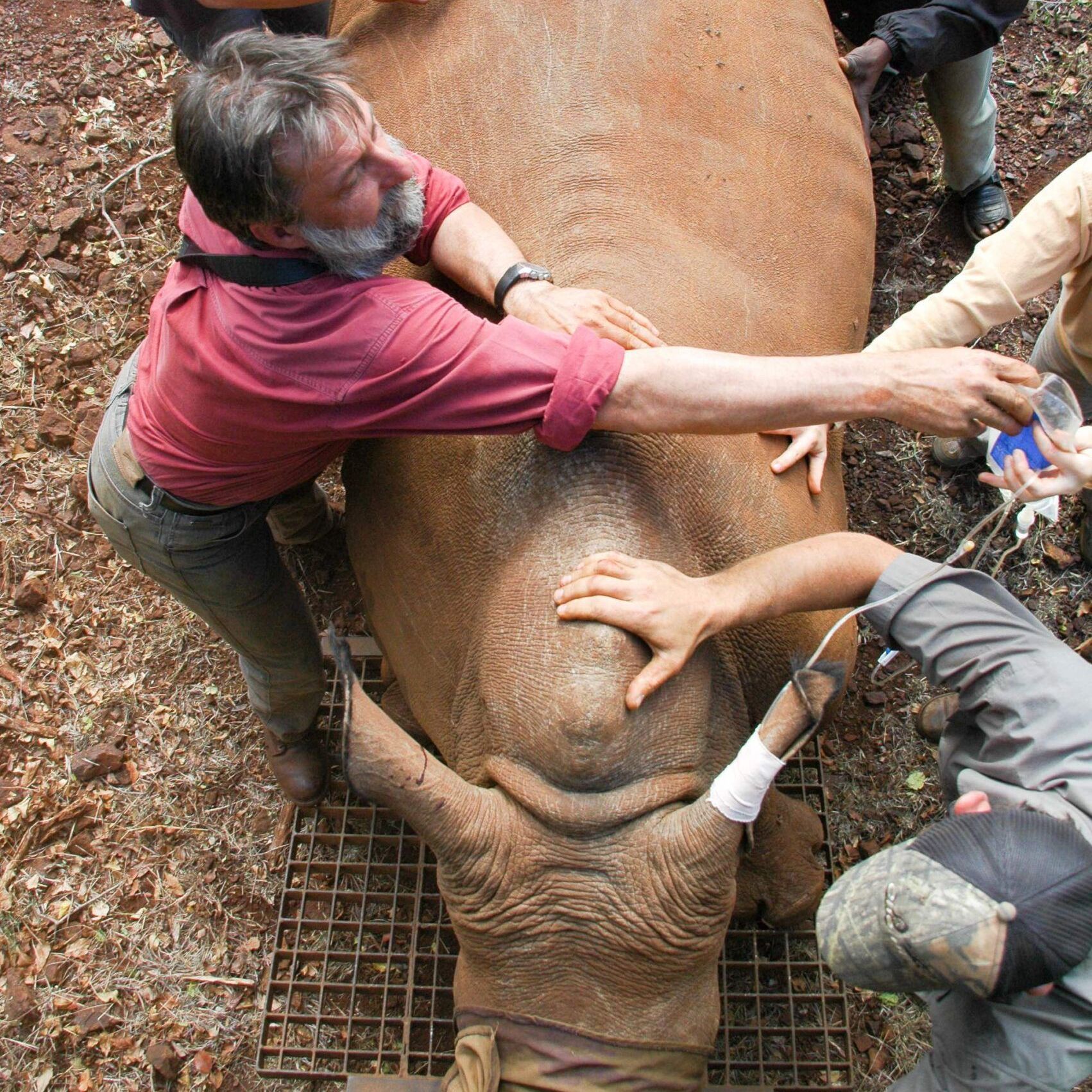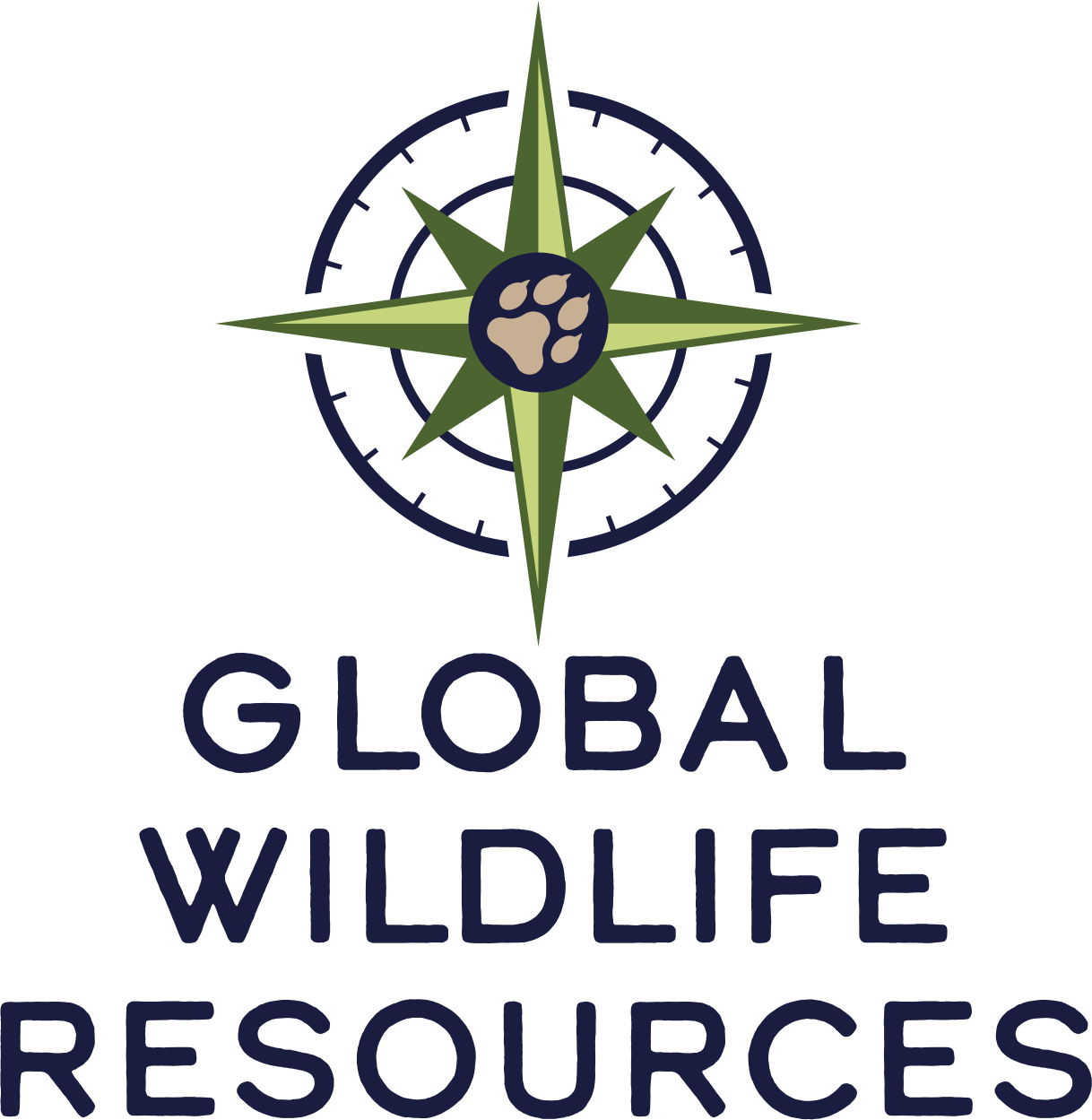WILDLIFE CAPTURE AND CARE
BLOG
This blog is for you if....
Mark R. Johnson, DVM
Wildlife Veterinarian, Instructor
Founder and CEO of Global Wildlife Resources
- You capture and handle captive or free-ranging wildlife and always wish to do better.
- You want practical, field-based information on equipment and protocols to maximize success and the safety of both humans and animals.
- You care for the animals you are working with and wish to learn and share how to incorporate our caring heart-felt values into our tools, techniques, and mannerisms.
- You are new to the zoo and wildlife professions and you wish to learn the highest standards in wildlife capture and handling.
- You would like to read stories from the field about our joys, our success, our challenges and the issues facing our work.
This is your opportunity to learn and improve how we capture and handle captive and free-ranging wildlife. In this blog, Dr. Mark and his colleagues will share their stories, tools, techniques, protocols, and attitudes to improve animal care, efficiency in the field, and success as a wildlife or zoo professional.
Dr. Mark encourages us to learn from every animal, every capture event, and every colleague. As he assists with field captures or teaches a chemical immobilization course he also gathers new practical tools and ways for improving our chemical capture skill and field experience and shares them with you.
Dr. Mark invites you to be a guest author for the Wildlife Capture and Care Blog.
Share your field experience and knowledge.
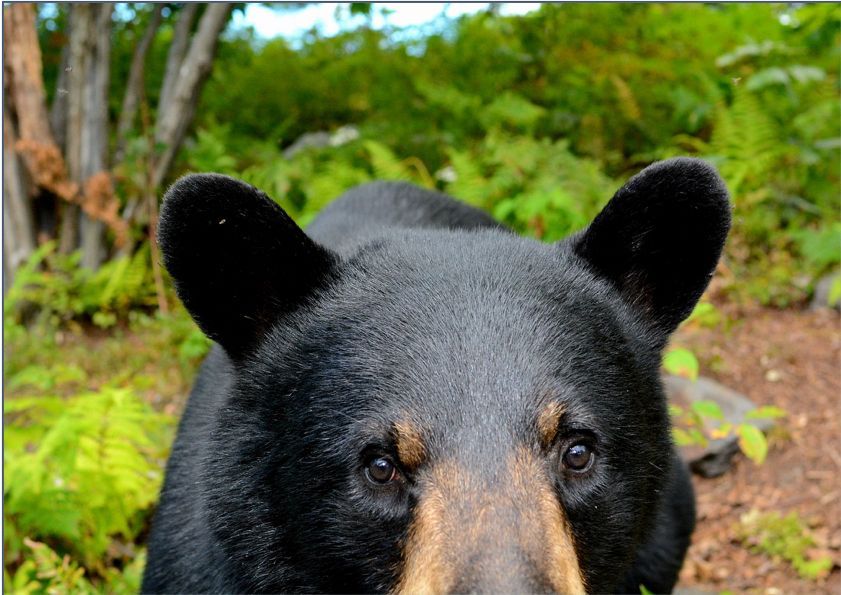
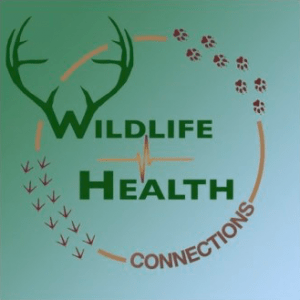
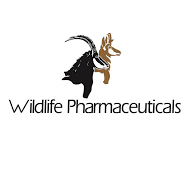
Website Designed and Hosted by Whidbey Web Design


